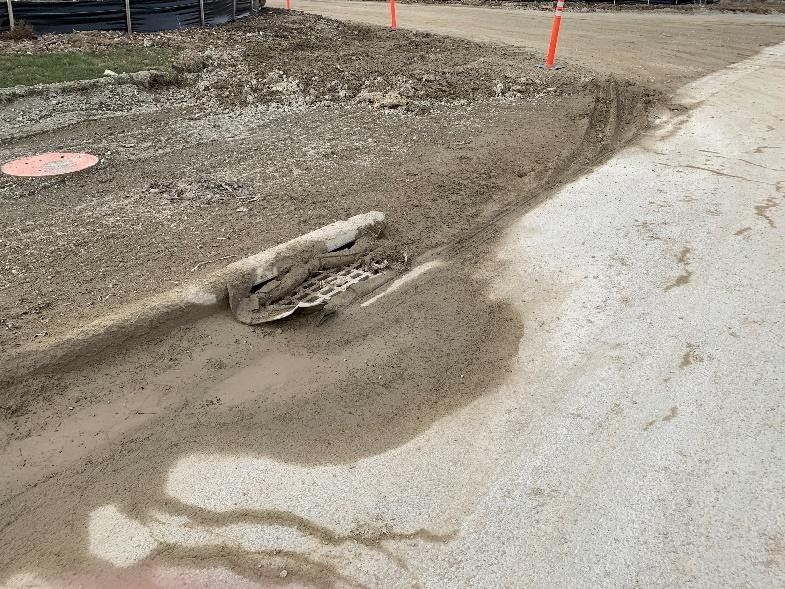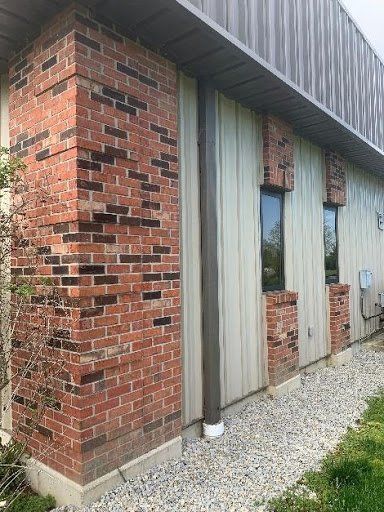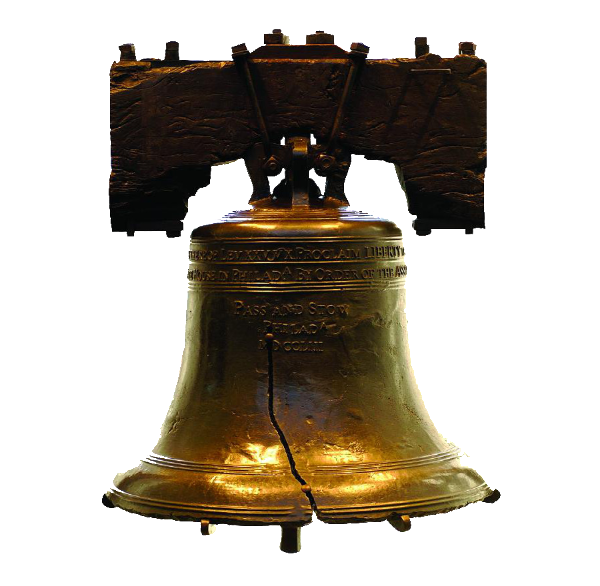
Where does your soil go?
With spring rains underway and a dry season coming around the corner, we have all witnessed soil erosion. Our native soil is a limited resource that needs to be protected the best that we can. protective practices can not only improve soil stability, but also improve soil health. Protect your property from future soil loss with these basic enhancements.
Make sure that the soil on your property is vegetated. Ground covers, for example, protect soils from surface erosion. Deep-rooted plants such as trees and native wildflowers do a great job of holding the soil together.
Mulching areas add to soil health, gives a great clean look to your yard and prevents surface erosion caused by water or wind. While it does not return nutrients to the soil, gravel is a great alternative to mulch.
Control the water on your property. Rain hitting roofs will come down in sheets, eroding the soil around the foundation of your house. To prevent this, install rain gutters with adequate downspouts that lead into the city storm sewer or a vegetated area.
Manage water consumption to reduce unnecessary ground saturation by watering only when needed to support your plants.
Make sure your sprinkler system is not eroding your soil. When the rate of water applied exceeds the ability of your soil to absorb it, runoff occurs causing erosion. Set sprinkler systems to go off periodically in order to allow time for ground saturation.
By preventing soil from getting carried away in rain or wind storms, you help keep our rivers clear which improves river water quality and benefits wildlife habitat. This improvement can start from your house with basic property maintenance. If you have any questions feel free to contact your City department or the MSWCD.



